#white-tailed deer
Text
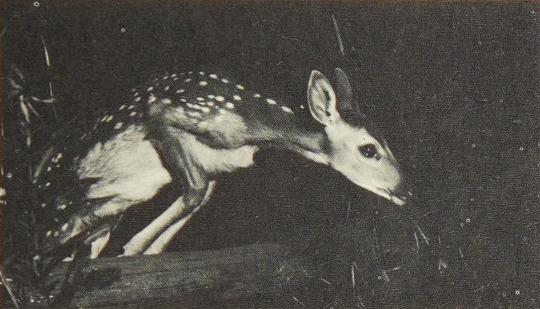
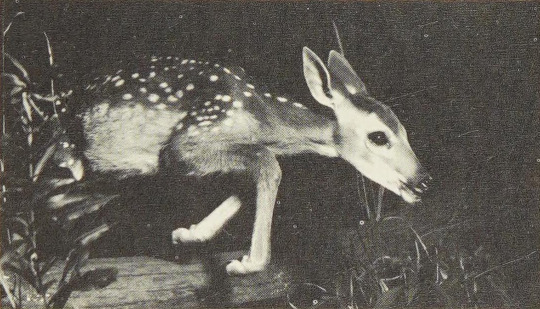
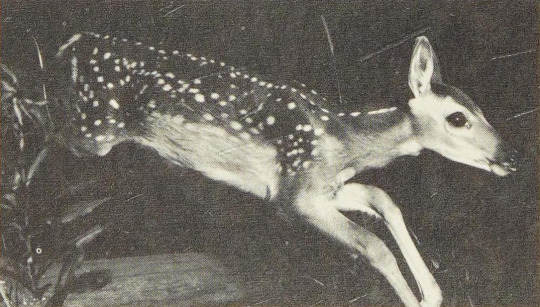
White-tailed fawn jumping over a fence
By: Leonard Lee Rue III
From: The World of the White-tailed Deer
1962
#fave#white-tailed deer#deer#ungulate#mammal#1962#1960s#Leonard Lee Rue III#The World of the White-tailed Deer (1962)
3K notes
·
View notes
Text

White-tailed Deer
Freedom is a wide, sweeping prairie with room to roam.
590 notes
·
View notes
Text
(Originally posted in this FB group)
That's a heck of a leap; gotta be about, what twenty-five feet or so? Wonder what it would have been with a clean, unimpeded landing? Hope the deer was okay after the adrenaline wore off. Ironically, the person pulling up in the SUV was there to buy the (apparently flawless pre-crash-landing) pickup, and the original post is full of people asking "But did they end up buying the truck anyway?"
#deer#wildlife#white-tailed deer#buck#mammals#animals#nature#ungulates#artiodactyla#irony#isn't it ironic#ecology#video#funny#humor
395 notes
·
View notes
Text





Sax Zim Bog, Minnesota
taken February 2024
#bogs#minnesota#north woods gothic#common redpoll#pine marten#white-tailed deer#deer#sunrises#my photos#my places#ntnav
130 notes
·
View notes
Text
Animal of the Day!
Key Deer (Odocoileus virginianus clavium)

(Photo from Emily Michot)
Conservation Status- Endangered
Habitat- Florida Keys
Size (Weight/Length)- 30 kg; 65 cm at shoulders
Diet- Leaves; Grasses; Fruits; Roots
Cool Facts- The key deer is a small subspecies of white-tailed deer that lives on a small set of islands off the Florida coast. These deer are proficient swimmers and can easily swim from island to island. They have very little fear of humans and can be found munching on lawn grass or decorative flowers on windowsills. Unfortunately, their tameness has resulted in an increased number of car collisions. Throughout history, key deer were hunted by settlers and native tribes alike. Hunting was banned in the 1940’s but poaching caused their population to plummet to only 25 individuals by 1955. Luckily, their population is slowing increasing with the help of better enforced laws and mass habitat protection.
Rating- 12/10 (Please, don’t feed wild animals no matter how friendly they seem.)
#animal of the day#animals#mammals#deer#white-tailed deer#saturday#september 9#key deer#biology#science#conservation#the more you know
183 notes
·
View notes
Photo
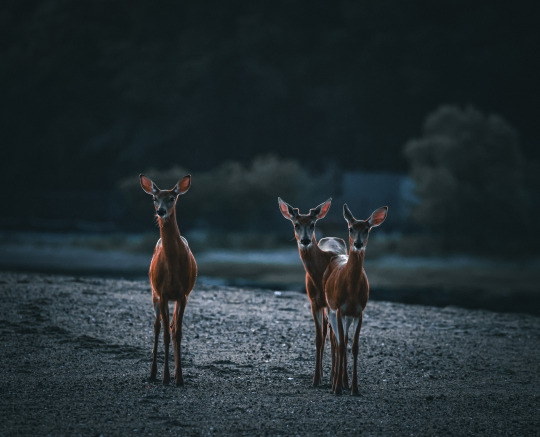
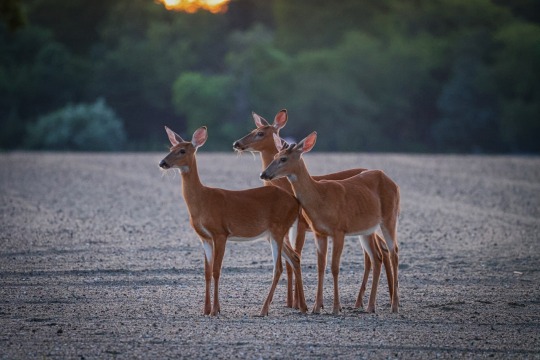
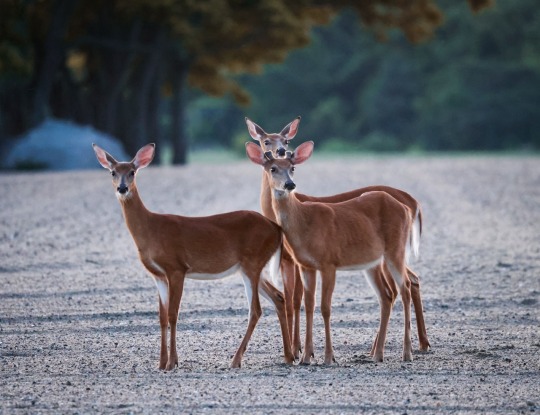
White-Tailed Deer @ Daybreak. 60° F. 5:00 to 5:15 am. June 15, 2023. Cove Island Park, Stamford, CT. (@dkct25)
198 notes
·
View notes
Photo

Saw a lot of these today but no fawns although they must be out there.
216 notes
·
View notes
Photo

A white-tailed buck feeds peacefully at the edge of a frosty forest
(c) riverwindphotography
#original photographers#wildlife#deer#white-tailed deer#frosted trees#nature#a little fork horn not a doe ;)
563 notes
·
View notes
Photo
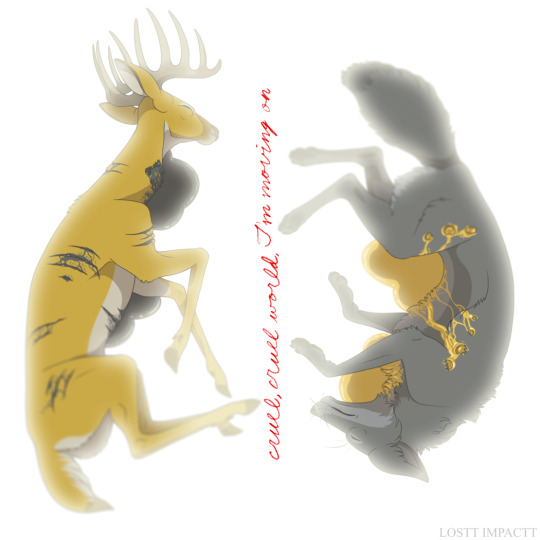
i've been living too fast
and i've been living too wrong
cruel, cruel world, i'm gone
AKA
do you know how fucking hard it is to make a black scruffy coyote NOT look like a wolf
🔴 KO-FI
⚫ COMMISSION INFO
#art#fanart#red dead redemption#red dead redemption 2#rdr#rdr2#arthur morgan#deer#coyote#cervid#cervidae#cervine#canine#canis#white-tailed deer#buck
131 notes
·
View notes
Photo


Young buck in the Don Valley
461 notes
·
View notes
Photo
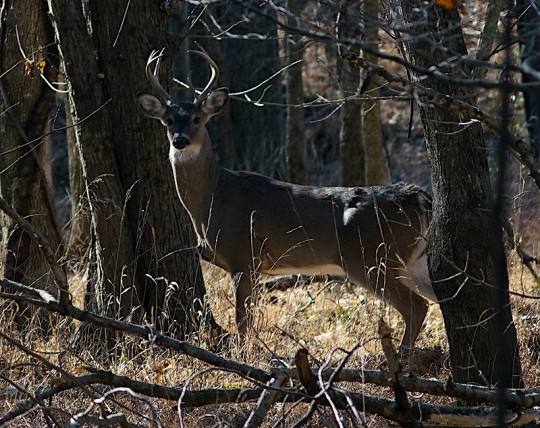
A White-Tailed deer buck (Odocoileus virginianus) in Algonkian Regional Park, Virginia, USA
by Tom Black
#white-tailed deer#whitetail#Odocoileus virginianus#odocoileus#capreolinae#cervidae#artiodactyla#mammalia#chordata#wildlife: virginia#wildlife: usa#deer
209 notes
·
View notes
Text
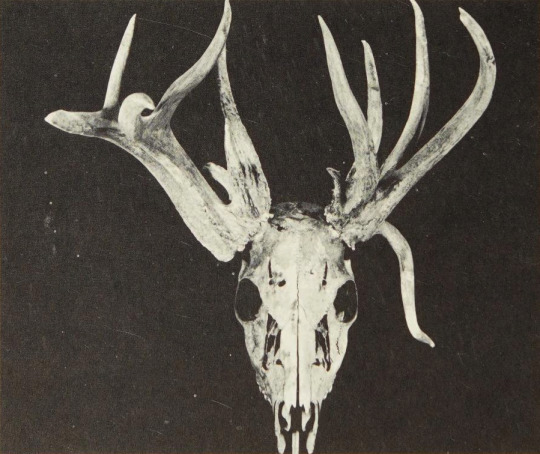
Skull of a white-tailed deer with deformed antlers
By: Leonard Lee Rue III
From: The World of the White-tailed Deer
1962
#animal death#oddity#white-tailed deer#deer#ungulate#mammal#1962#1960s#Leonard Lee Rue III#The World of the White-tailed Deer (1962)
956 notes
·
View notes
Text
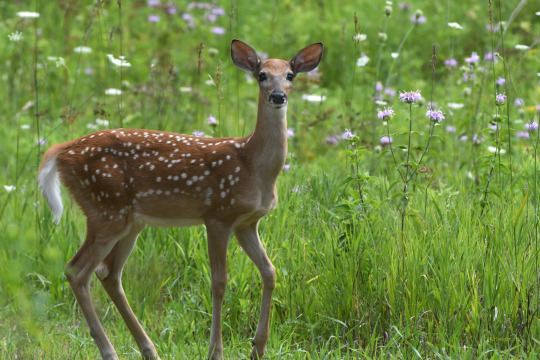
White-tailed Deer
Nature lives in the present, yet always has future plans in the works.
549 notes
·
View notes
Photo

Young white-tailed deer on a hiking trail in upstate New York.
Photographer: Melissa Groo
34 notes
·
View notes
Text
So, a few thoughts I have on this article. First,it says something about our bias when we refer to deer eating crops meant for livestock as "depredation," particularly during an incredibly long, harsh winter. At least the article points out that the lack of habitat--and therefore natural food sources--is a root cause of this issue.
Wildlife can handle a lot of what we throw at them if they have suitable habitat to retreat to. It doesn't justify all the ways in which we make their lives more difficult, but it at least gives them some space to recover both individually and as a population. Habitat loss is the single biggest cause of species endangerment and extinction, and when we remove that habitat, only a handful of species will be able to adapt to less suitable habitat types. That's why the native biodiversity found in a suburb or city is a tiny fraction of what was there prior to development.
So the call to increase and improve habitat for the deer, particularly when it emphasizes natural food sources, is a good one. However, the article completely misses another important factor: the lack of natural predators. Wolves, mountain lions, and other major predators of deer have been exterminated from large areas of their historic range in the United States, and while they are beginning to reclaim some of their old territory, it's far from a full recovery. The lack of predators is directly linked to the overpopulation of white-tailed deer in particular, though other deer species such as elk may also see overpopulation in some areas.
Food, disease, and predation are three natural forces that usually keep deer populations in check. Because deer may be able to find artificial food sources (such as crops) and predators are few to none in much of the US, disease ends up being a major cause of deer mortality, especially as diseases like Chronic Wasting Disease continue to decimate deer populations. Normally predatory animals like wolves would be able to remove some sick animals from the equation, as well as more vulnerable animals that are more likely to become ill in the future. But their absence has caused a severe imbalance in ecosystems across the continent.
The return of large predatory animals to their historic range is a contentious one. Ranchers complain about the loss of livestock; hunters blame wolves for any empty-handed hunt. There's also general pearl-clutching due to fear for the safety of children and pets, in spite of the fact that attacks on humans are exceedingly rare, and pets can be kept safe through reasonable measures. Even as we argue about whether these animals should be reintroduced to former homes, some of them are beginning to move back to those areas whether we want them to or not.
Habitat restoration is actually a boon to these predators as well as their prey. So while the article's slant is toward habitat as a way to keep deer out of the cornfields, it's also unintentionally supporting something that will help bring wolves, cougars, and other animals back to their old stomping grounds as well--something that could also keep those deer in check.
#wildlife#animals#habitat restoration#deer#white-tailed deer#wolves#cougars#ecology#restoration ecology#environment#conservation#science#scicomm#science communication#predatory animals#trophic cascade
44 notes
·
View notes
Text

Pink Doe
[IMG ID: A neon pink white-tailed deer doe with a turned head. She is set against stark winter oak trees with neon blue bark. The sky is silver dipping down into copper. / END IMG ID.]
Acrylic on canvas.
#art#painting#animals#wildlife#deer#doe#white-tailed deer#neon colors#fantasy#surreal#acrylic painting#artists on tumblr
12 notes
·
View notes